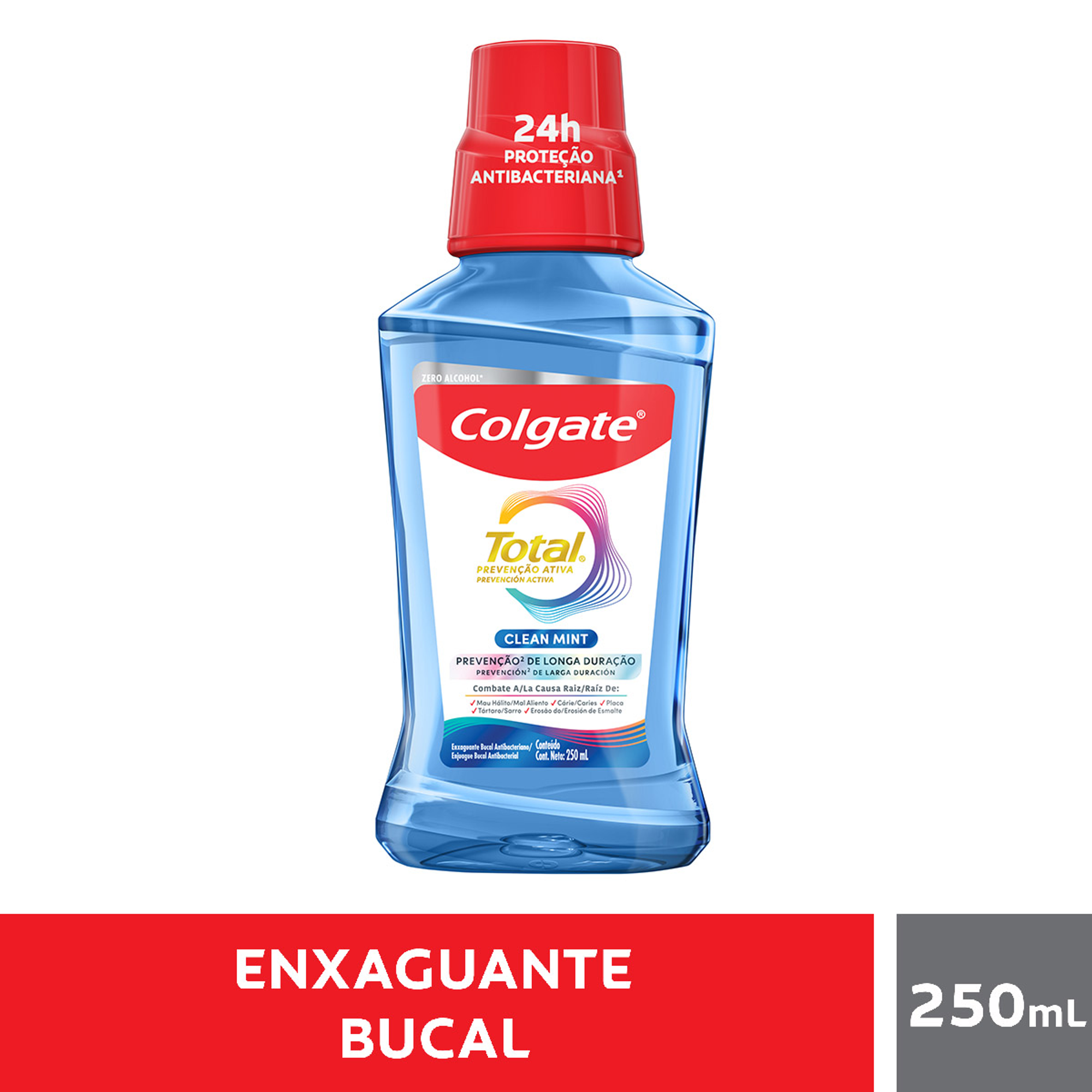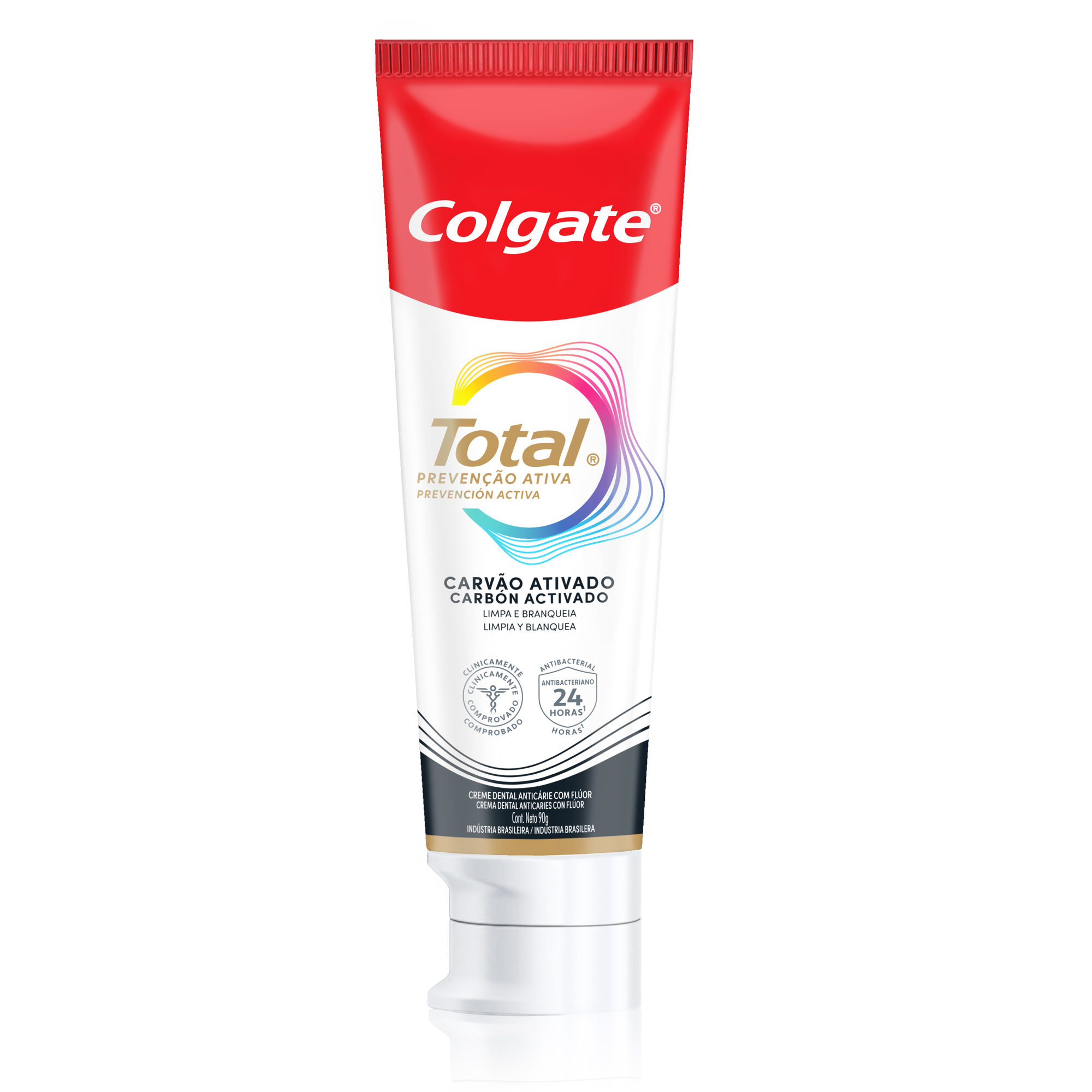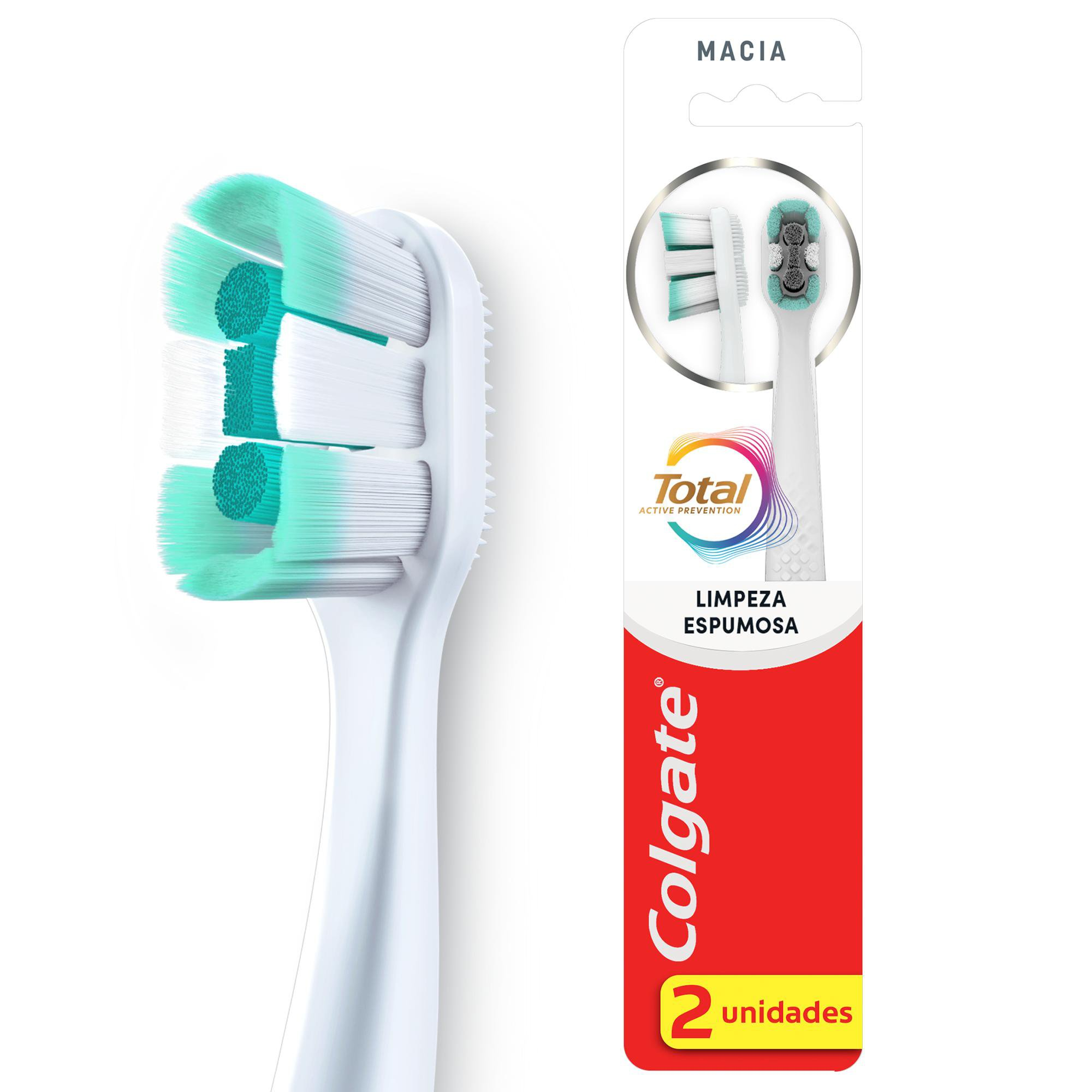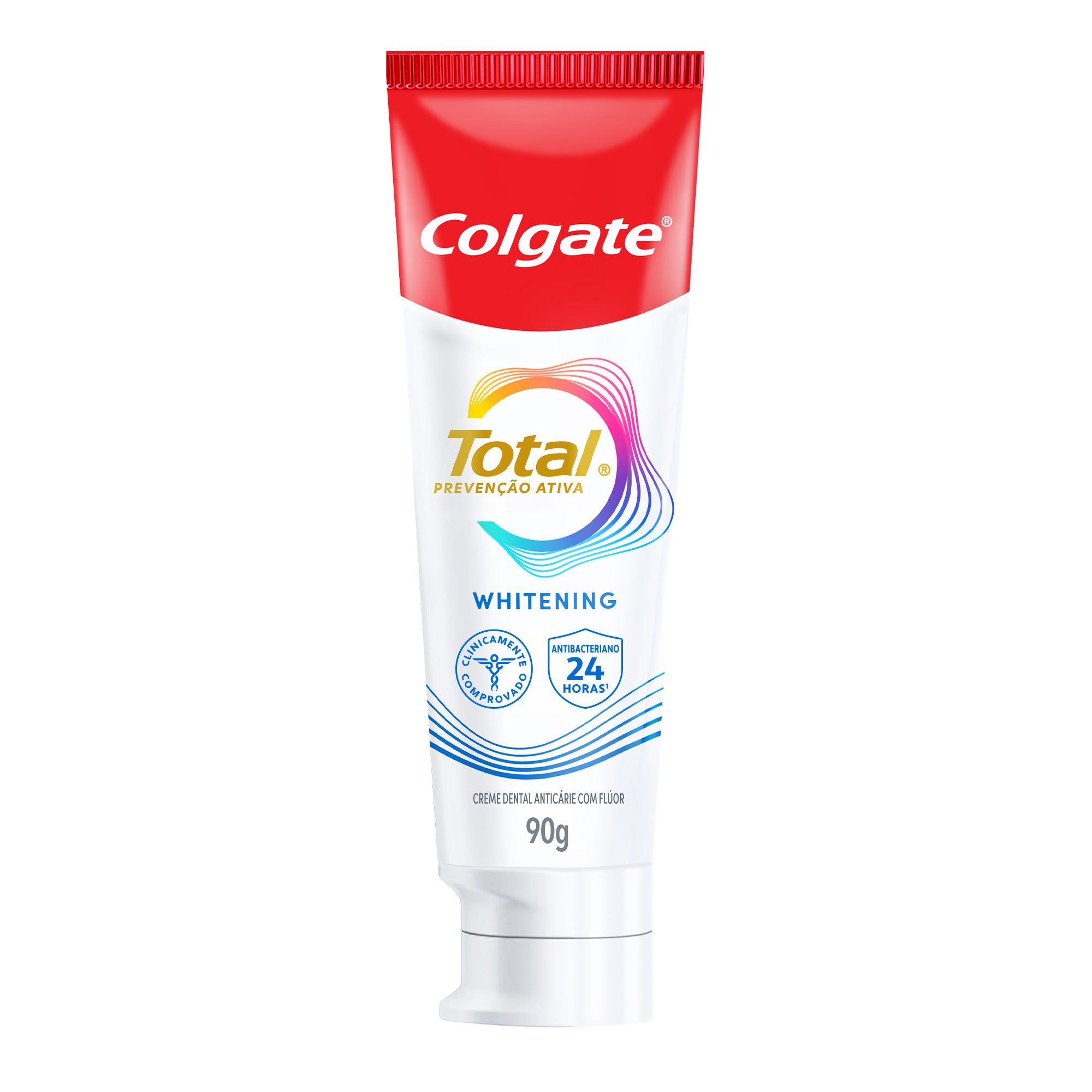Contents
2009, Volume XX, Number 1
Pro-Argin™ — a Breakthrough Technology Based Upon Arginine and Calcium — for the Everyday Relief of Dentin Hypersensitivity
Dentin Hypersensitivity: From Diagnosis to a Breakthrough Therapy for Everyday Sensitivity Relief
Diane Cummins
Colgate-Palmolive Technology Center
Piscataway, NJ, USA
Abstract
This paper provides an overview of the current knowledge of diagnosis, epidemiology, etiology, and clinical management of dentin hypersensitivity. It summarizes technical approaches to relieve sensitivity in professional and home-use products, with emphasis on the clinical evidence for the efficacy of desensitizing toothpaste, and introduces a new innovative dentifrice technology containing 8% arginine, calcium carbonate, and 1450 ppm fluoride.
Dentin hypersensitivity is characterized by short, sharp pain arising from exposed dentin in response to external stimuli which cannot be ascribed to any other form of dental defect or disease. The hydrodynamic theory proposes that pain-producing stimuli cause a change in dentin fluid flow that activates intra-dental nerve fibers, via a mechanoreceptor response, to cause pain. To be hypersensitive, dentin must be exposed and dentin tubules must be open to external stimuli and patent at the pulp. Gingival recession is the primary cause of dentin exposure, and a major predisposing factor for dentin hypersensitivity.
Dentin hypersensitivity is a prevalent condition. It has been reported to afflict 15–20% of the adult population, typically 20 to 50-year-olds, with peak incidence between 30 and 39 years. Some studies have reported higher prevalence levels of up to 57%. The incidence of dentin hypersensitivity is expected to rise with changing diets, and as caries and periodontal disease prevention result in improved oral health status, and retention and functionality of the dentition.
Treatments to relieve dentin hypersensitivity are based on interruption of the neural response to pain stimuli or occlusion of open tubules to block the hydrodynamic mechanism. Effective and robust dentin occlusion offers the greatest prospect for instant and lasting relief of dentin hypersensitivity. In particular, materials which can coat exposed dentin surfaces, in addition to plugging and sealing open dentin tubules, offer the intriguing prospect of strengthening dentin and rendering it less susceptible to predisposing factors, while concurrently reducing dentin hypersensitivity.
Clinical studies have shown that a new toothpaste containing 8%arginine, calcium carbonate, and 1450 ppm fluoride as sodium monofluorophosphate offers significantly increased efficacy in reducing sensitivity, compared to a market-leading toothpaste containing 2% potassium ion. Mechanism of action studies have shown that this technology physically seals dentin tubules with a plug that contains arginine, calcium carbonate, and phosphate. This plug, which is resistant to normal pulpal pressures and to acid challenge, effectively reduces dentin fluid flow and, thereby, reduces sensitivity.
(J Clin Dent 20 (Spec Iss):1–9, 2009)
Introduction
Dentin hypersensitivity is a common oral health problem affecting one or more teeth of many adult individuals on a global basis. Indeed, there is a growing awareness that dentin hypersensitivity is an increasingly important issue to be addressed, both from a diagnostic and a problem-management perspective, as caries prevention and periodontal disease management measures become increasingly successful, resulting in improved oral health status and functionality of the dentition throughout life.1
Dentin hypersensitivity was first discussed more than a century ago when Gysi attempted to explain "the sensitiveness of dentin," and described the phenomenon of fluid movement in dentin tubules.2 More than sixty years later, Brännström proposed the "hydrodynamic theory" as a mechanism to explain the transmission of pain-producing stimuli of the dentin.3,4 Other theories have been proposed as potential mechanisms by which pain transmission can occur, but these have largely been discounted.5,6
In 1982, dentin hypersensitivity was described as an enigma, because it was frequently encountered and poorly understood.7 The past twenty-five years have witnessed an evolution in the scientific understanding of this condition. Largely based on a suggestion in 1983,8 the term "dentin hypersensitivity" was formally defined in 1997 in the guidelines for clinical trials.9 This definition was officially accepted in 2003, with one minor change, by the Canadian Advisory Board on Dentin Hypersensitivity in their consensus-based recommendations for the diagnosis and management of dentin hypersensitivity.10 Clearly, the condition is no longer the enigma that was once described. Nonetheless, there is a need for continued basic and clinical research that will lead to improved prevention and management of dentin hypersensitivity.5
Today, dozens of in-office sensitivity treatments and mass market sensitivity relief toothpastes are available worldwide. Clinical studies demonstrate the effectiveness of some in-office products, e.g., 5% sodium fluoride varnish;11 nonetheless, there is a paucity of data on the majority of these products.5,12 There appears to be a significant body of clinical data to support the efficacy of potassium-based dentifrices, and these products have been acknowledged to provide relief to their users.13 However, some authors have concluded that the data are equivocal.6,13 Despite the reported prevalence of dentin hypersensitivity, it is noteworthy that a relatively small percentage of sufferers seek professional treatment to alleviate their condition and/or use an everyday sensitivity relief toothpaste.10
This review has identified a number of opportunities to improve prevention and management of dentin hypersensitivity: first, by building understanding of the science of dentin hypersensitivity; second, by communicating the risk factors associated with dentin hypersensitivity to the profession and consumers, and how to reduce risk and prevent damage that can lead to dentin hypersensitivity; and third, by developing and validating truly effective professional and home-use sensitivity relief products.
This paper provides a brief overview of the diagnosis, etiology, and epidemiology of dentin hypersensitivity, its clinical management, and products to alleviate the condition. In addition, it introduces the development and validation of a novel sensitivity relief technology based upon arginine and calcium carbonate. The following two papers in this Special Issue, by Ayad, et al. and Docimo, et al., report the results of two eight-week clinical studies on a new dentifrice containing 8% arginine, calcium carbonate, and 1450 ppm fluoride as sodium monofluorophosphate. These studies demonstrate superior sensitivity relief of this dentifrice to amarket-leading dentifrice containing 2%potassium ion as the antisensitivity agent. The final paper, by Petrou, et al., presents evidence of the mechanism of action of the argininecalcium carbonate technology in forming a solid plug to physically seal open dentin tubules, thereby stopping fluid movement and reducing sensitivity.
From Definition to Diagnosis of Dentin Hypersensitivity
Largely based upon an understanding developed in 1983,8 the definition of dentin hypersensitivity was proposed in 19979 and, with one minor amendment, was adopted in 2003.10 The current definition states "Dentin hypersensitivity is characterized by short, sharp pain arising from exposed dentin in response to stimuli, typically thermal, evaporative, tactile, osmotic, or chemical, and which cannot be ascribed to any other form of dental defect or disease." 5,10 In 2002, the European Federation of Periodontology adopted the term "root sensitivity" to describe tooth sensitivity associated with the treatment of periodontal disease, because of the uncertainty of whether this form of sensitivity is truly dentin hypersensitivity.5
An important consequence for clinicians of the definition of dentin hypersensitivity is that great care must be taken to perform differential diagnosis to exclude all other dental defects or diseases that might give rise to similar presentations of dental pain. The factors to consider in performing the diagnosis of dentin hypersensitivity, such as dental caries, split tooth or cracked cusp, medication issues, and bleaching sensitivity, have been described in detail elsewhere.5,13,14 Suffice it to say that differential diagnosis and the correct attribution of dental pain to dentin hypersensitivity are essential to assess appropriate treatment options for this, as well as other painful conditions.13,15
Sensitivity Mechanisms, Etiology, and Predisposing Factors in Dentin Hypersensitivity
The most frequently experienced pain from dentin hypersensitivity is characterized by a rapid onset, sharp burst of pain of short duration (seconds or minutes), associated with A-beta and A-delta nerve responses to stimuli.5,6,16
The hydrodynamic theory is now accepted as the mechanism by which dentin hypersensitivity occurs, and suggests that dentin hypersensitivity is a result of movement of fluid within the dentin tubules. Most pain-producing stimuli, in particular the most problematic cold and evaporative stimuli, cause an outflow of dentin fluid.5,17,18 This results in a pressure change across the dentin which activates intra-dental nerve fibers, via a mechanoreceptor response, to cause pain. In addition, the fluid movement in the tubules can cause an electrical discharge, known as "streaming potential," which may contribute by electrically stimulating a nerve response.5 In contrast, heat causes a relatively slow retreat of dentin fluid, and the resultant pressure changes activate the nerve fibers in a less dramatic fashion, consistent with the fact that heat is generally a less problematic stimulus than cold.5
The hydrodynamic mechanism requires that dentin tubules are open at the dentin surface and patent to the pulp. Scanning electron microscopy and dye penetration studies of exfoliated teeth, with clinically characterized "sensitive" and "non-sensitive" areas of exposed dentin, have shown that tubules are greater in number (eight times), larger in diameter (two times), and are open in "sensitive" teeth, whereas tubules are fewer in number, smaller in diameter, and are usually blocked in their "non-sensitive" counterparts.19,20 As the rate of fluid flow through dentin tubules is proportional to the fourth power of the tubule radius, it is highly likely that the difference in tubule diameter between "sensitive" and "non-sensitive" teeth is of clinical relevance to the treatment of dentin hypersensitivity.5 Interestingly, it is also reported that the number and diameter of dentin tubules increases from the outer surface of dentin through to the inner junction with the pulp, which suggests that dentin hypersensitivity could worsen as dentin is progressively lost through tooth wear.5
For dentin hypersensitivity to occur, dentin must become exposed (a process termed "lesion localization") and dentin tubules must be opened and patent to the pulp (a process termed "lesion initiation").5,12 These two processes are multi-factorial.
One important route through which dentin can become exposed is gingival recession. Gingival recession is a multi-factorial condition rendered more complex by anatomical factors.21 Overzealous tooth brushing and improper tooth brushing technique have been associated with gingival damage and loss of gingival tissue through mechanical forces.5 On the other hand, periodontal disease and related periodontal conditions, along with surgical and non-surgical treatment procedures, have been associated with periodontal tissue damage and loss of gingival tissue through biological breakdown processes.22 Once gingival recession occurs, by either means, the cementum covering the dentin surface is easily removed by physical and/or chemical forces, thereby exposing the underlying dentin.5 Continued...
Faça download da versão impressa
Materiais Exclusivos para Uma Prática de Sucesso
Obtenha nossos conteúdos de educação contínua para apoiar você na sua prática profissional. Cadastre-se para acessar materiais para pacientes, consultório, ebooks e muito mais, totalmente gratuitos.
Materiais Exclusivos para Uma Prática de Sucesso
Obtenha nossos conteúdos de educação contínua para apoiar você na sua prática profissional. Cadastre-se para acessar materiais para pacientes, consultório, ebooks e muito mais, totalmente gratuitos.













